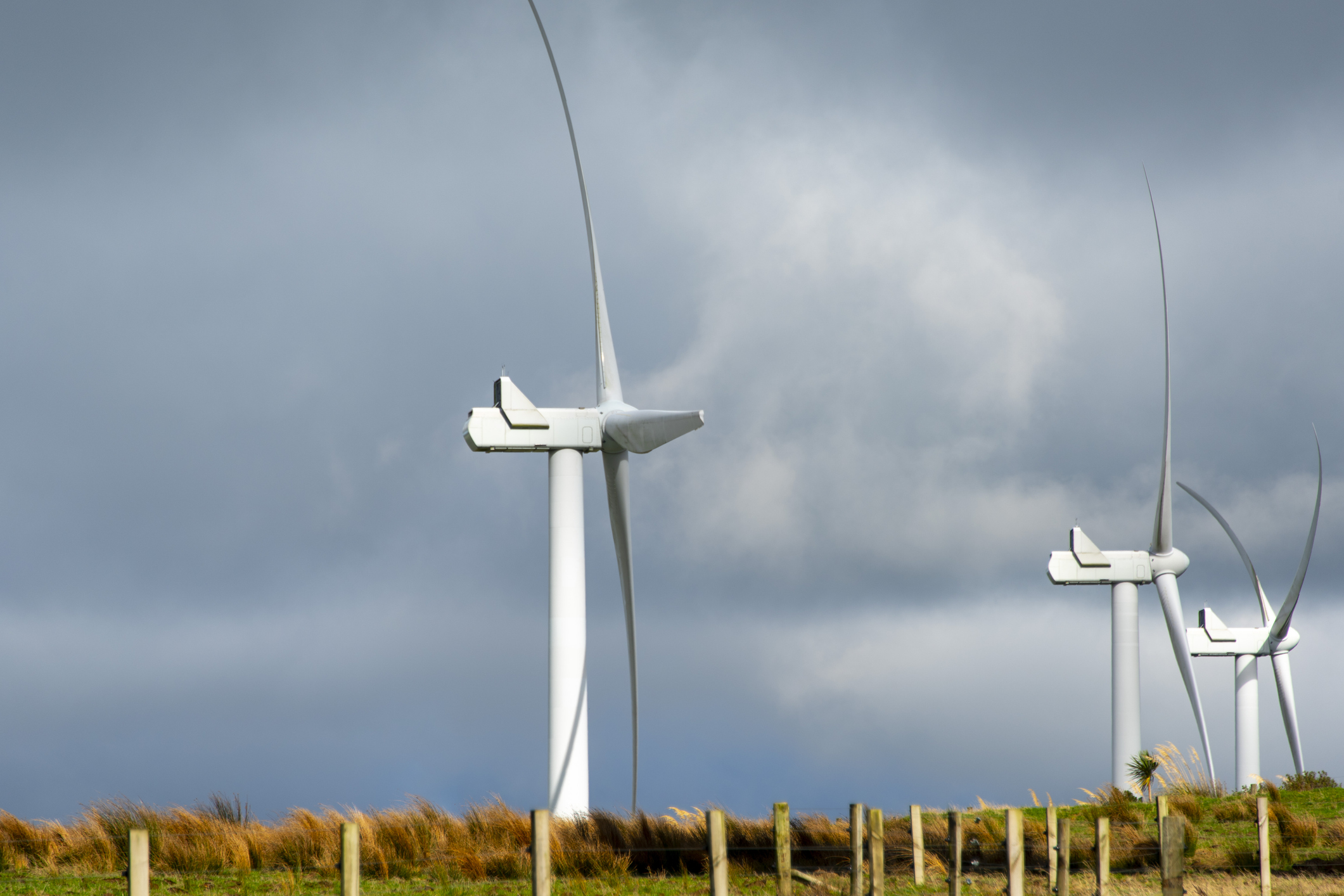The International Accounting Standards Board (IASB) has issued an Exposure Draft proposing targeted amendments to IFRS 9 Financial Instruments and IFRS 7 Financial Instruments: Disclosures. These amendments aim to more accurately reflect the effects of renewable electricity contracts on a company’s financial statements, addressing unique market characteristics and accounting challenges, particularly for long-term contracts.
Contracts for Renewable Electricity

About this consultation
Contracts for renewable electricity (commonly structured as power purchase agreements (PPAs)) are becoming more common both in New Zealand and internationally as a means for entities to ensure their energy is derived from renewable sources. PPAs can be broadly grouped into one of two types.
- Physical PPAs – are contracts in which a generator delivers a specific volume of electricity to a customer at a specific price. Under these agreements the customer pays the generator directly for the whole amount of electricity purchased.
- Virtual PPAs – are contracts in which a generator and a customer sell/purchase electricity to/from the grid at the current market price and settle the difference between the market price of the electricity and the agreed upon price. Typically the purpose of fixing these contracts is to fix the price of electricity in a manner similar to physical PPAs without needing electricity to be delivered from the generator to the customer directly.
Both types of PPAs by default fall within the scope of IFRS 9. Depending on the terms of the contract, physical PPAs may qualify for the ‘own-use’ exception in IFRS 9 allowing them to be accounted for as an ordinary sale/purchase transaction. However virtual PPAs meet the definition of a derivative and have to be accounted for as such, unless they meet the conditions to be accounted for as a cash flow hedge.
Despite the difference in accounting treatment of each type of PPA, the primary issue for both is whether entities can accurately predict the volume of electricity required that will be transferred. However, due to the nature of renewable electricity sources, the volume of electricity produced is variable and the contracts often require customers to purchase the amount of electricity available, regardless of their needs.
The result is that it can be challenging to meet the conditions for the ‘own-use’ exception or hedge accounting, in which case the contracts have to be accounted for as derivatives. Under these requirements, changes in the electricity price can cause large changes in the fair value of contracts which are recognised in profit and loss, potentially distorting the financial performance of the entity.
To address this issue, and ensure that financial statements provide investors with useful information as companies transition to renewable energy, the IASB is proposing targeted amendments to IFRS 9 and IFRS 7 specifically for renewable electricity contracts which:
- Make it easier to apply the ‘own-use’ exception: These amendments are focused on application of the exception to contracts similar to physical PPAs.
- Make it easier to apply the hedge accounting requirements: These amendments are focused on applying the cash flow hedging requirements using contracts similar to virtual PPAs as the hedging instrument.
- Add disclosure requirements: These amendments introduce new disclosures to help investors understand the impact of these contracts on a company’s financial performance and future cash flows.
How these proposals are relevant to New Zealand
Due to the market structure, most PPAs in New Zealand are virtual PPAs. Therefore, the proposals related to hedge accounting are expected to be more relevant for New Zealand Tier 1 and Tier 2 for-profit entities that use virtual PPAs as a way of managing their exposure to price fluctuations in the electricity market.
Accessing the Exposure Draft
You can find ED on the IASB’s website here.
No submissions were received.
- Auditing and Assurance Standards open for consultation
-
Accounting Standards open for consultation
-
ED PBE IPSAS 47 Revenue
-
Amendments to XRB A2 resulting from the Regulatory Systems (Economic Development) Amendment Act 2025
-
Closed for comment
-
Closed for comment - Archive
-
Amendments to For-profit Domestic Accounting Standards due to NZ IFRS 18
-
Reporting and assurance of service performance information – Tier 1 and 2 not-for-profit entities
-
2025 Amendments to XRB A1 Application of the Accounting Standards Framework
-
ED PBE IPSAS 48 Transfer Expenses
-
Proposed new revenue and transfer expense accounting requirements for PBEs
-
Exploration for and Evaluation of Mineral Resources & Stripping Costs in the Production Phase of a Surface Mine
-
- Climate Standards open for consultation

